A History of the Nuclear Age
“YOU MIGHT WANT TO KNOW”
By John P. Warnock
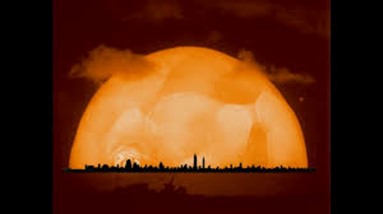
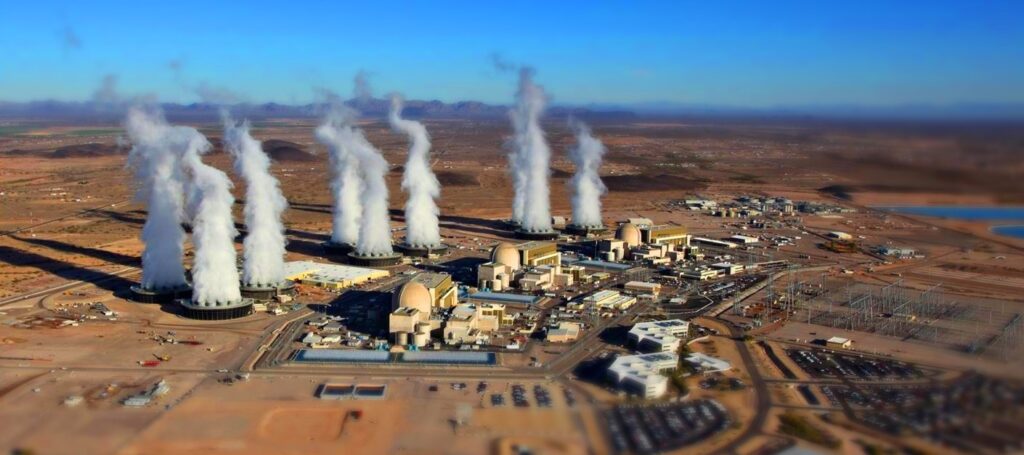
This column was generated by a comment sent to me by Richard Rhodes after he read my column of March 19, 2021 that asked what the difference is between a nuclear reactor and a nuclear bomb. That column opens by saying that at the most fundamental level, no difference: both get their energy from nuclear fission.
Richard Rhodes is the elder statesman in the study of nuclear explosives and nuclear energy. In 1986, he published The Making of the Atomic Bomb, which won the Pulitzer Prize for general nonfiction and is still the definitive account of that making. In 1995, Dark Sun did the same thing for the hydrogen bomb. He has published several other important works on the history of the arms race (Arsenals of Folly is one of my favorites). Readers of these columns who are inspired to go more deeply into the questions and issues raised will quickly realize that Richard Rhodes’ books are where they would be advised to go.
Mr. Rhodes was concerned that my earlier column had not made it clear enough that nuclear reactors cannot produce nuclear explosions. He is right: they can’t produce nuclear explosions.
For several reasons.
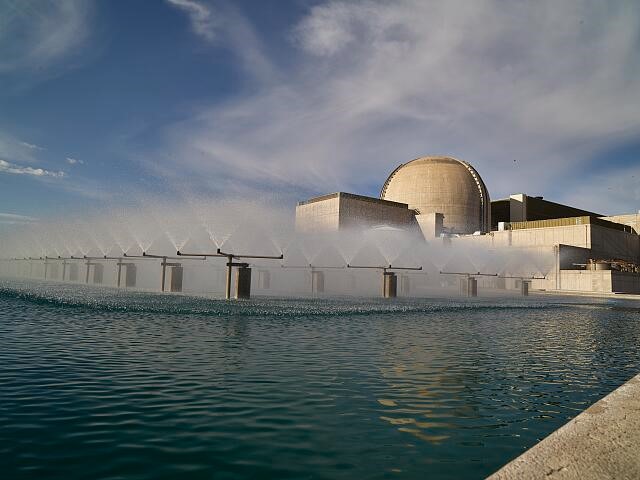
Two Reasons Why Nuclear Reactors Can’t Produce Explosions
One is the low level of enrichment in the fuel for nuclear power reactors, often to only 5% (weapons grade is 90%). Some reactors, like the research reactors used by universities and the power reactors in navy vessels, do contain Highly Enriched Uranium. But even those would be entirely unlikely to produce nuclear explosions because the reactors offer no way for HEU in them to be compressed quickly enough to achieve a supercritical state.
Nuclear explosions are prevented in reactors also because reactors have to have built into them moderators, like graphite, that reduce the speed of the neutrons to allow them to “fish” the U235 in the reactor fuel.
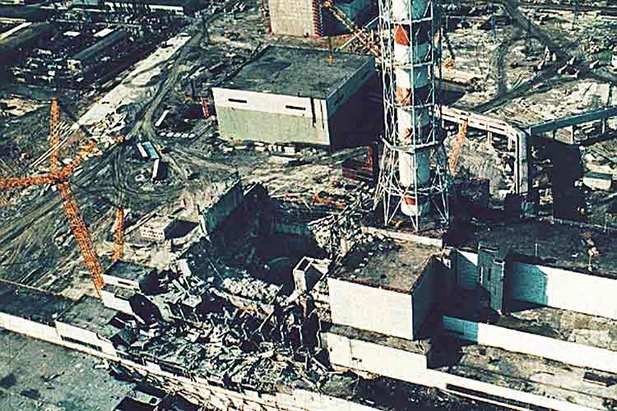
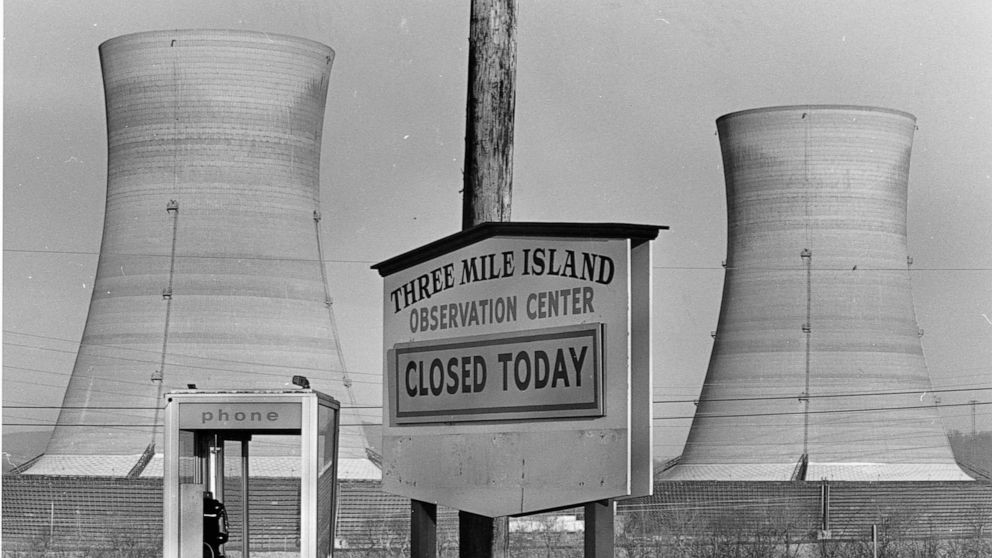
But Nuclear Reactors Can and Do Explode
Reactors can, however, explode. They can explode when steam flashes into the system after a sudden uncontrolled increase in heat, which is what happened at Chernobyl in 1986. And they can explode when hydrogen gas that has been produced by a malfunction in the reactor (caused at Fukushima in 1992 by a tsunami) ignites in air, which is what happened there.
Explosions of this kind would not lead to a very much larger nuclear explosion but would be altogether likely to cause a release of highly radioactive fission products, which is what happened in both places. Both releases caused a significant number of deaths. Both places are still living with the consequences and will be for a long time.
In the United States, the most significant accident in a commercial reactor happened in 1979 at Three Mile Island. There was no explosion in this case but a loss of coolant led to a partial meltdown of the nuclear fuel and a release of radioactive gases, not enough, later studies have showed, to cause a statistically significant rise in rates of cancer downwind of the plant. But cleanup took until 1993 and cost a billion dollars.
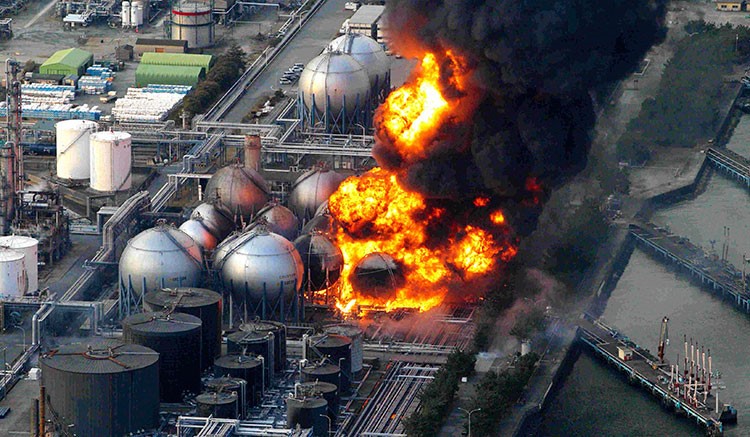
Could an Attack with Conventional Weapons Cause an Explosion?
Could attacks on nuclear reactors with conventional explosives cause a nuclear explosion? No, but they could cause the kind of dispersion of radioactive fission products that occurred at Chernobyl and Fukushima. Damage over a wide area could result, not from blast but from the radioactive fission products released.
In the comment he sent me, Richard Rhodes told an interesting and pertinent story from the days of the Manhattan Project.
In 1943, the prestigious Danish physicist Niels Bohr had come with the British delegation to Site Y in Los Alamos, where the bomb was being designed. Earlier that year, Bohr had had to flee from his physics institute in Copenhagen to avoid being arrested by the Nazis. In 1941, Bohr had been visited at his institute by Werner Heisenberg, a prominent German physicist who in the 1920’s had worked with Bohr at his institute in the development of the principles of quantum mechanics.
Their meeting in 1941 is at the heart of the play Copenhagen (Michael Frayn, 1998), which raises the question of whether Heisenberg was trying to build an atomic bomb for the Germans and hoping to get a reading from Bohr on the possibility and maybe even some technical help. It seems clear to me that, contrary to what the play implies, Heisenberg got neither one from Bohr
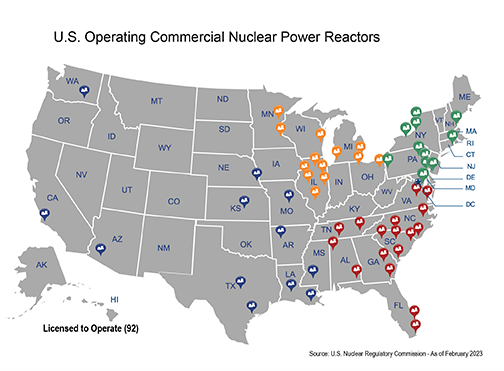
The ‘German Bomb’ that Wasn’t
When Bohr arrived at Los Alamos, Richard Rhodes tells us, he had with him “a crude drawing Heisenberg had given him of a ‘German bomb’ that was in fact a sketch of a reactor. [Hans] Bethe [another physicist at Los Alamos and the head of the theoretical division there] looked it over and said, ‘Do they want to throw down a reactor on us?” Bethe knew that a “reactor bomb wouldn’t produce nearly as much energy before disassembling as a bomb would.” An actual atomic bomb hadn’t been built yet, but Bethe and others at Los Alamos concluded that what Heisenberg had proposed wouldn’t in any case amount to one. From it, the Germans “would get no more yield than an equivalent amount of high explosive.”
The event could have caused, however, a very damaging release of radioactive fission products. In 1943, the damage such releases could cause was not yet well understood.
The evidence is that by the end of the war in 1945, Heisenberg had not even managed to build a working nuclear reactor in Germany. The question of whether he was trying to advance or to sabotage the Nazi atomic bomb project during the war remains unresolved.
The answer to the question of whether a nuclear reactor can produce a nuclear explosion remains that it cannot.
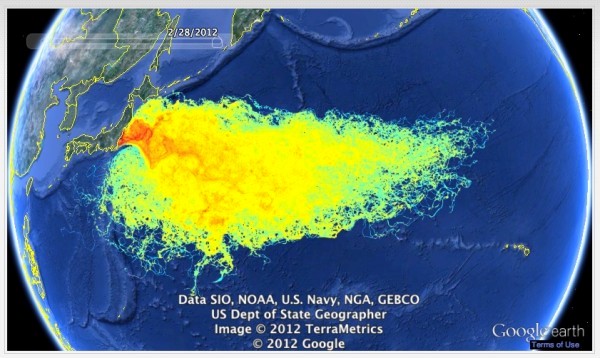
________________________________________________________________________________
About the “You Might Want to Know” Series by John P. Warnock
In 2009, in a speech in Prague, the 44th President of the United States, Barack Obama, said, “So today, I state clearly and with conviction America’s commitment to seek the peace and security of a world without nuclear weapons.”
I have joined in that commitment by writing over a hundred short pieces that have been published at johnw.substack.com under the general title, “You Might Want to Know.” Some are also being offered in this website blog.
________________________________________________________________________________
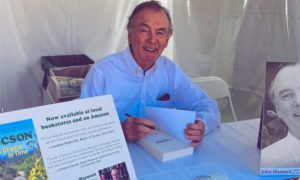
________________________________________________________________________________

Note about the logo image:
In case you noticed, yes, a cityscape has
been superimposed on the photo of the
Ivy Mike explosion, for perspective.
________________________________________________________________________________